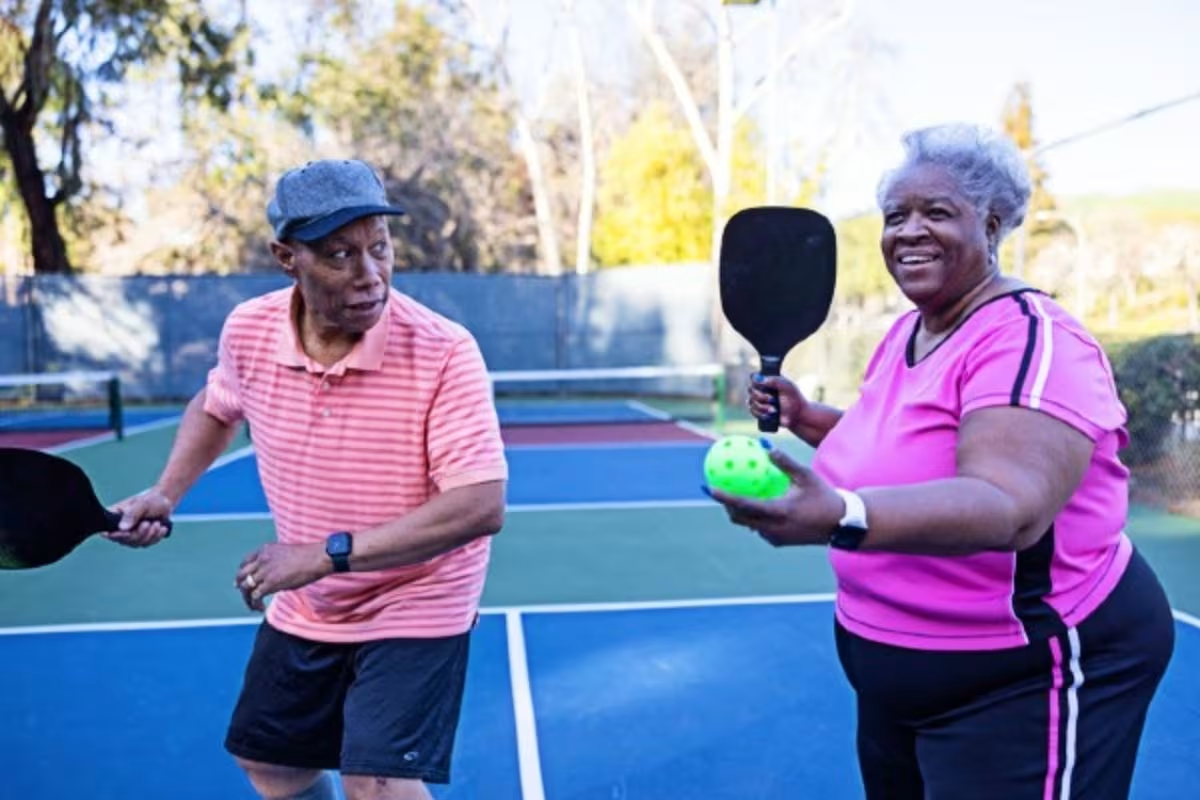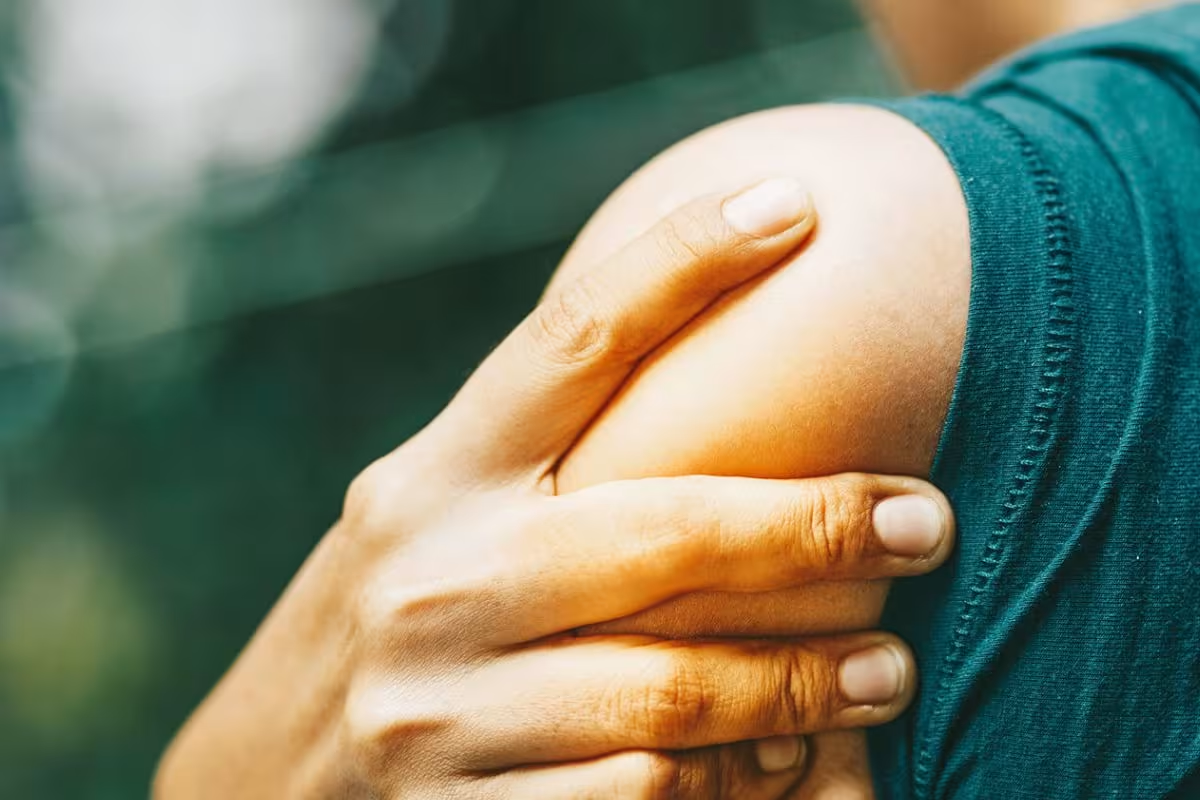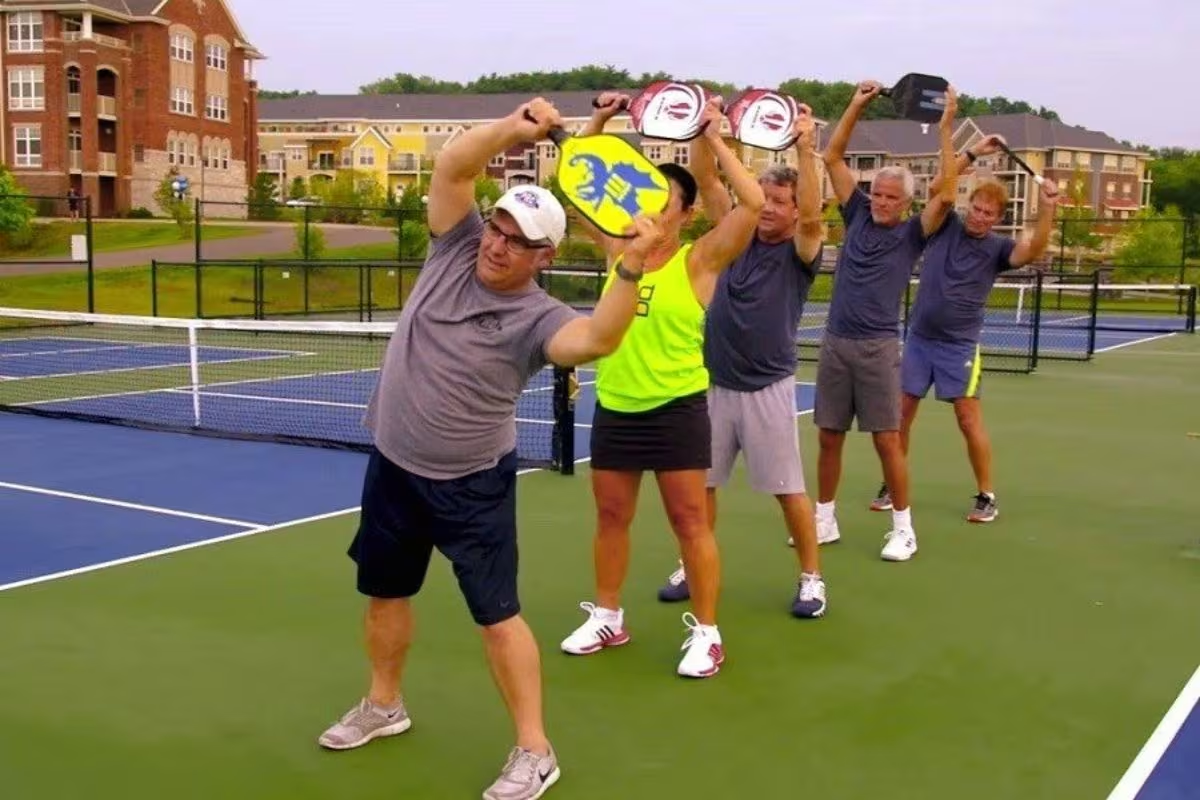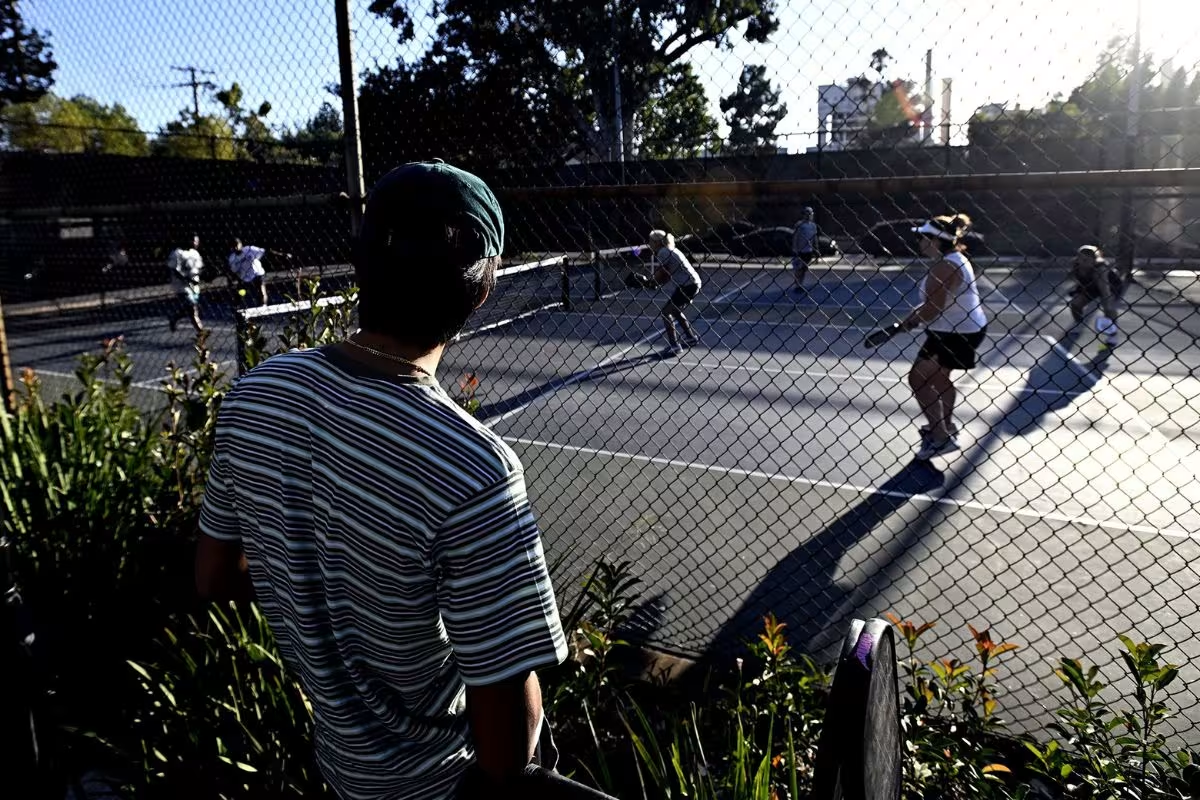Dark Side of Pickleball’s Popularity Surge: In what is perhaps the most rapid rise of a once-niche sport in the United States, pickleball has emerged as one of the most popular recreational activities for adults. With accessible courts, straightforward rules, affordable equipment, and a growing roster of local opponents and teammates, it’s no wonder that USA Pickleball reports over 78,000 registered members. In 2024, the Sports and Fitness Industry Association tracked more than 3 million players engaging in this exciting sport.
The iconic paddles are particularly common in 55+ communities and senior recreational centers, as adult Americans—especially those over 50—take to the court. However, as with any sport, an increase in players often leads to an uptick in injuries. Emergency rooms across the country have noted a significant rise in injuries among players over 60. Is pickleball a suitable activity for individuals of all ages?
Health Benefits of Pickleball Vs Pickleball Injury Risks
In most cases, yes. The physical benefits of exercise, especially in a social setting, significantly outweigh the potential risks for most individuals—particularly those who may lack alternative opportunities for exercise or social interaction. The Centers for Disease Control and Prevention recommend that adults of all ages engage in at least 150 minutes of moderate-intensity exercise weekly. Research indicates that regular socializing among older adults can help mitigate depression, loneliness, and certain memory issues.

That said, there are exceptions. The intense cardio involved in darting across the court can pose risks for individuals with heart conditions. Quick movements on hard court surfaces can lead to fractures in those with low bone density. Playing while injured can hinder recovery from existing bone and muscle issues. Additionally, outdoor play during rainy conditions increases the risk of falls, while hot summer games raise the potential for heat-related illnesses.
Experts advise that individuals consult their doctors before making significant changes to their exercise routines, particularly those with pre-existing conditions or elevated injury risk.
Most Common Injuries in Pickleball
The majority of injuries in pickleball stem from either one-off accidents (such as falls or sliding while chasing the ball) or repetitive strain injuries, reminiscent of tennis elbow or pitcher’s arm. Research analyzing emergency room data indicates that a significant portion of injuries requiring hospital visits affect the lower leg and wrist. Different players are susceptible to varying types of injuries.
A comprehensive study analyzing medical data from 2000 to 2022 documented a notable rise in bone fractures coinciding with pickleball’s increasing popularity. The findings revealed an eleven-fold increase in injuries among seniors from 2010 to 2019, with the majority of the 397 fractures occurring in women over 60—an expected outcome given the prevalence of bone loss in post-menopausal women.

An astonishing 92% of fractures recorded in the study resulted from falls, including instances where players misjudged their landing while attempting to slide or dive for the ball. The majority of injuries involved the radius, humerus, and ulna—the primary bones in the arm. Other potential injuries include broken legs and ankles; five players in the study sustained broken ribs, while a dozen reported head injuries.
Despite the severity of some injuries, nearly 80% of patients were discharged the same day. Those who required extended hospital stays tended to be older, with an average age of 70 and a higher incidence of torso injuries.
Sprains and muscle injuries are more common than fractures and can be equally challenging to heal. Another study indicated that patients aged 50 and above constituted 90.9% of individuals injured while playing pickleball, with strains and sprains accounting for 28.7% of all injuries—1% more than fractures. These strains and sprains were predominantly located in the legs, while only 12% of patients required prolonged hospital admissions.
Some pickleball players have also reported emergency room visits due to cardiac events or heat-related illnesses. Fortunately, pickleball does not appear to pose greater risks for dehydration or circulatory issues compared to other physical activities; however, players should remain vigilant about hydration and be aware of any concerning symptoms.
Age and Injury Risk: What to Consider
Establishing definitive age restrictions for pickleball can be challenging, as individual circumstances vary widely. Age often brings inherent obstacles when adopting a new sport, but it is just one of many factors. Engaging in a cardio-intensive sport at any age can present challenges for those who have not maintained a regular exercise routine.
Experts recommend that anyone looking to significantly increase their cardio workload should consult a doctor specializing in heart health to identify any new or previously undetected heart conditions. Additionally, while bone density typically decreases with age—particularly after menopause—younger players with osteoporosis or similar issues should assess whether the benefits of the game outweigh the risk of fractures.
Ultimately, age is less of a concern than the conditions often associated with it. Seniors who prioritize regular checkups and adhere to their doctors’ advice can consider pickleball a low-risk avenue for maintaining physical fitness.
Comparing Pickleball Injuries to Other Sports
Comparing injury rates across various sports proves surprisingly complex, especially given pickleball’s rapid rise among older adults and novice athletes. Injury control researcher Ches Jones from the University of Arkansas noted he hasn’t seen another sport gain such quick popularity among individuals over 50 throughout his career.
The most relevant comparison is often made with tennis, particularly familiar to those who’ve witnessed the influx of pickleball players onto the same courts. The smaller court dimensions and lower net in pickleball, combined with the necessity for players to bounce the ball in the “kitchen” area on either side of the net, result in slower-moving balls.
This reduces the likelihood of injury from a fast-moving ball or accidents while pursuing one. Furthermore, tennis has been a well-established sport for decades, meaning many players have acclimated to its physical demands without the additional challenges faced by newcomers.
Another aspect to consider is the average age of new players. Over a third of recent pickleball players are aged 55 and older, according to one study, with many playing at least eight times annually. The first year that emergency room visits for senior pickleball players matched those of senior tennis players was 2018, and the trend has remained stable for players under 40, with slight increases for those aged 40-59, and a dramatic rise among those 60 and older.
In both sports, eye injuries are rare and typically result from being struck by the ball. Injury analysts suggest that pickleball may actually be safer than tennis regarding cardiovascular emergencies, likely due to the lighter exertion associated with pickleball’s smaller court, lighter ball, and the relative prevalence of doubles games, which require each player to run less.
Tips for Injury Prevention in Pickleball
While some documented injuries arise from collisions with balls or paddles, the vast majority result from trips, falls, sudden turns, and other abrupt movements. This is encouraging news for those wishing to reduce their risk of injury, as it suggests that general athletic health measures can significantly help in preventing and mitigating injuries.
Experts advocate for stretching and conditioning, both muscular and cardiovascular. Incorporating other forms of exercise—such as running, swimming, or cycling—into a regular routine can enhance endurance on the pickleball court. For newcomers, especially those returning after long periods of inactivity, experts recommend starting with shorter games and gradually increasing exercise intensity. Moreover, since most injuries occur in the arms and legs, using braces and stabilizers can benefit individuals prone to sprains or strains.

The Verdict: Is Pickleball a Safe Way to Get Active?
Ultimately, Jones believes pickleball is an excellent option for those looking to stay active. The sport’s smaller courts, lightweight ball, and shorter game durations are all factors that make it approachable for beginners. However, he cautions that the health benefits can only be realized if players avoid sidelining injuries.
For new players, Jones suggests evaluating pickleball against their current exercise regimen. Those who already engage in regular exercise should still ease into the game to prevent exhaustion. Conversely, individuals who have not exercised regularly—regardless of their athletic background—should always seek medical advice before diving into the sport.
He shows the significance of cardiac check-ups for this group, as they represent a large percentage of health issues among older players, which can frequently go unnoticed until they begin to become more active.
